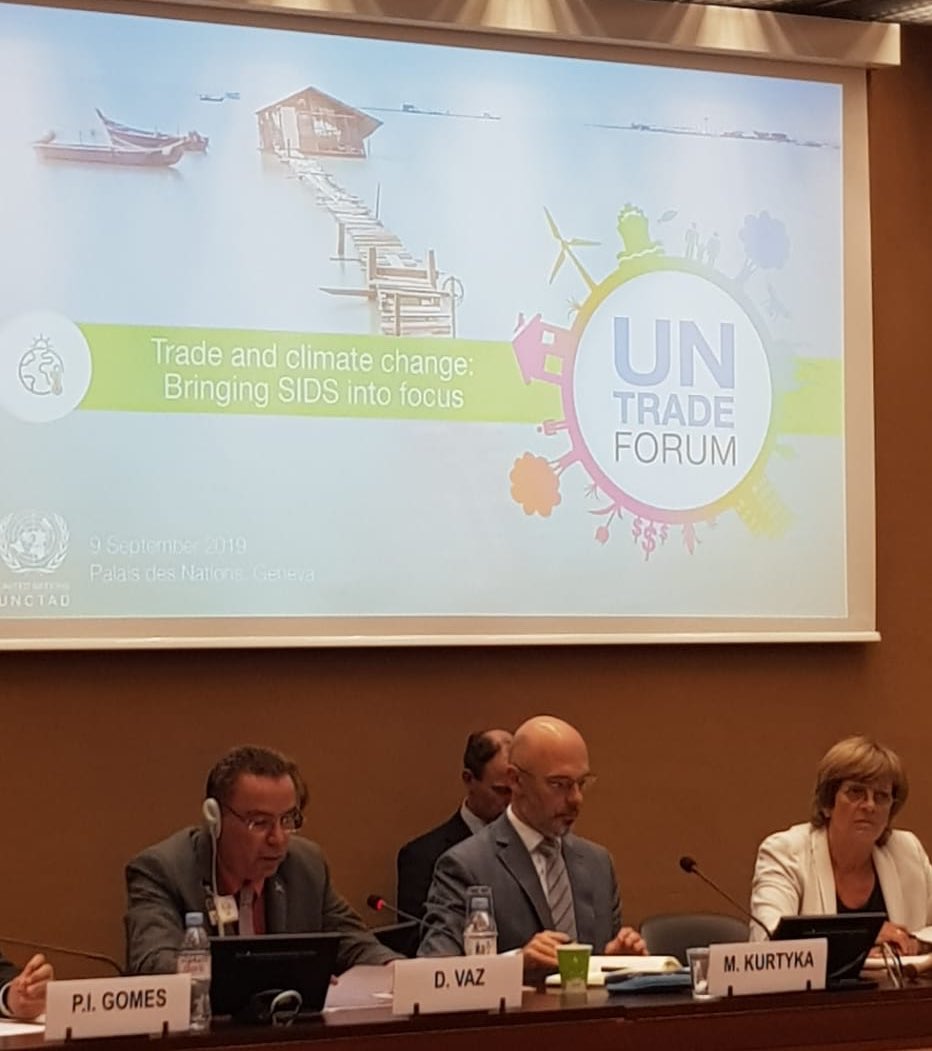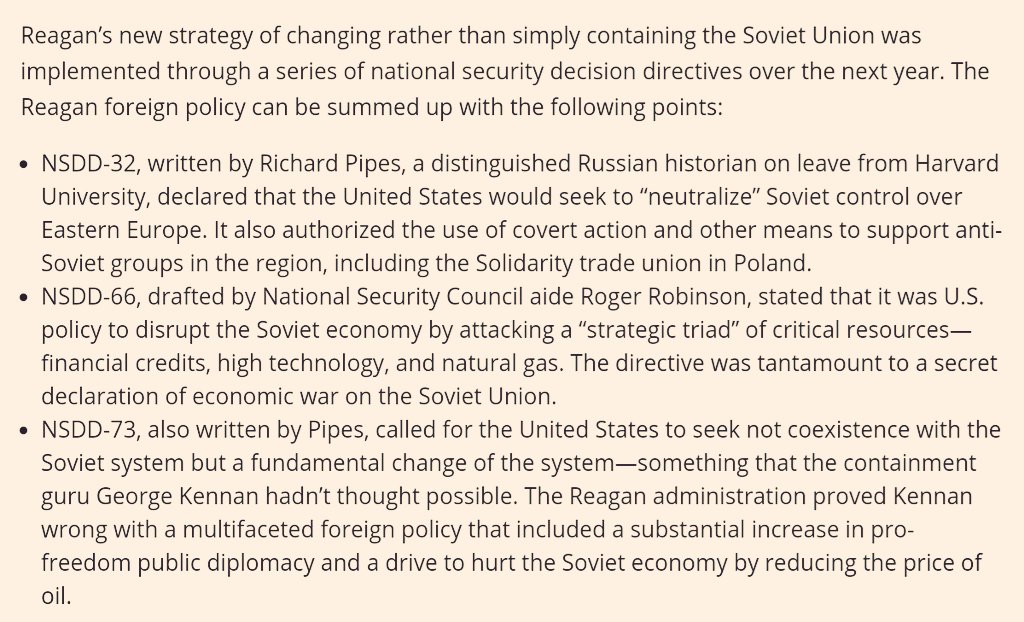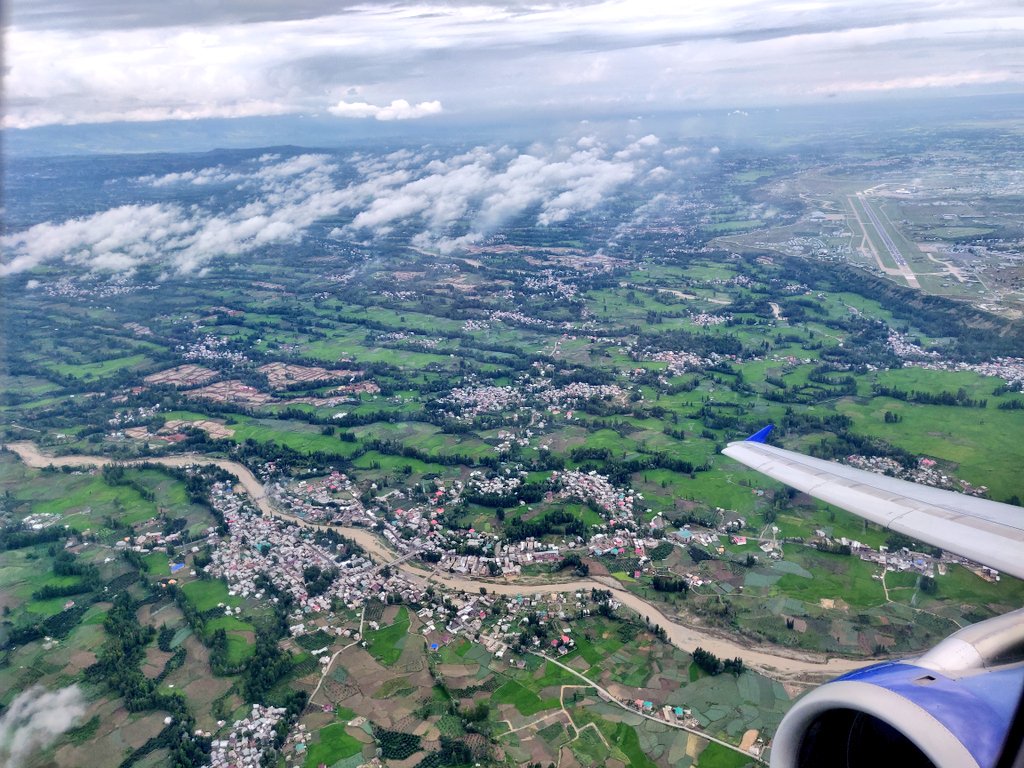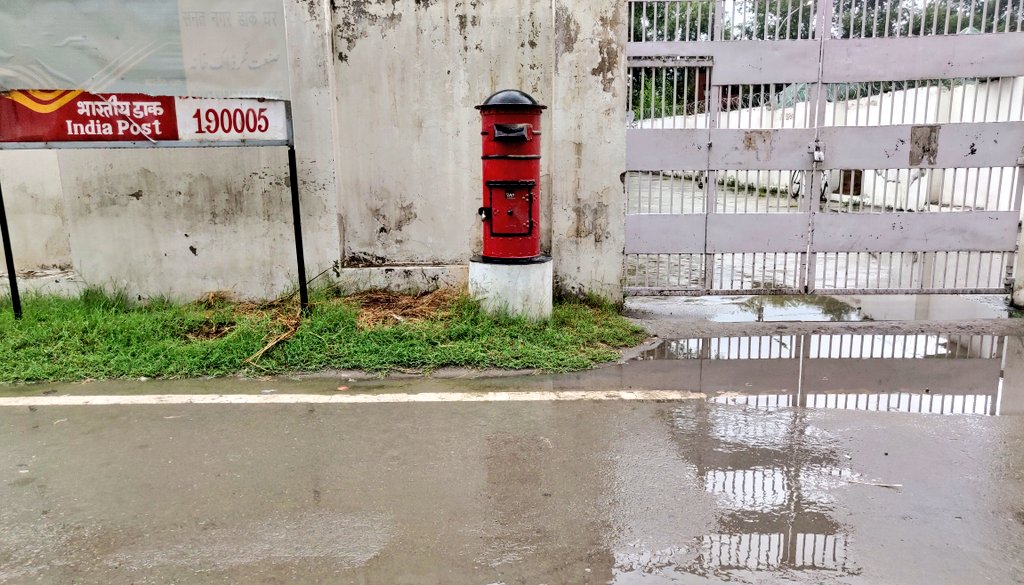Some have decried the result as a threat to weather forecasting.
So, what is this all about?
nature.com/articles/d4158…
By international treaty, their decisions are binding on most countries. 2/
If you have cell phone signals, TV broadcasts, and GPS signals all trying to broadcast on the same frequencies, you get interference, and nothing works. 3/
Called spectrum management, this gets complicated quickly, as this US spectrum allocation indicates. 4/
Source: en.wikipedia.org/wiki/Spectrum_…

A 26 GHz cell phone signal can easily carry more than 10 times the data as the ~2 GHz signals used today. 8/
To prevent that, the world must set limits on how much crossover each device is allowed to have. 9/
However, the satellites are also very far away, 500-800 km above the Earth, so all signals are weak up there. 10/
For safety, the World Meteorological Organization proposed that 5G devices should each allow no more than ~3.2 μW to cross into in the critical 23.8 GHz band. 11/
They said 5G devices can allow up to 500 μW to pass into the 23.8 GHz band through 2027 and 125 μW after that.
Dare I say, there is a big difference between the 3 μW the WMO wanted and 500 μW that the ITU adopted. 13/
Ericsson expects that there will be ~2.5 billion 5G devices by 2025. That is potentially a huge number of transmitters bleeding power into the water vapor bands. 14/
zdnet.com/article/global…
And while weather forecasters learn to adjust, accuracy may take a small hit. 17/17












